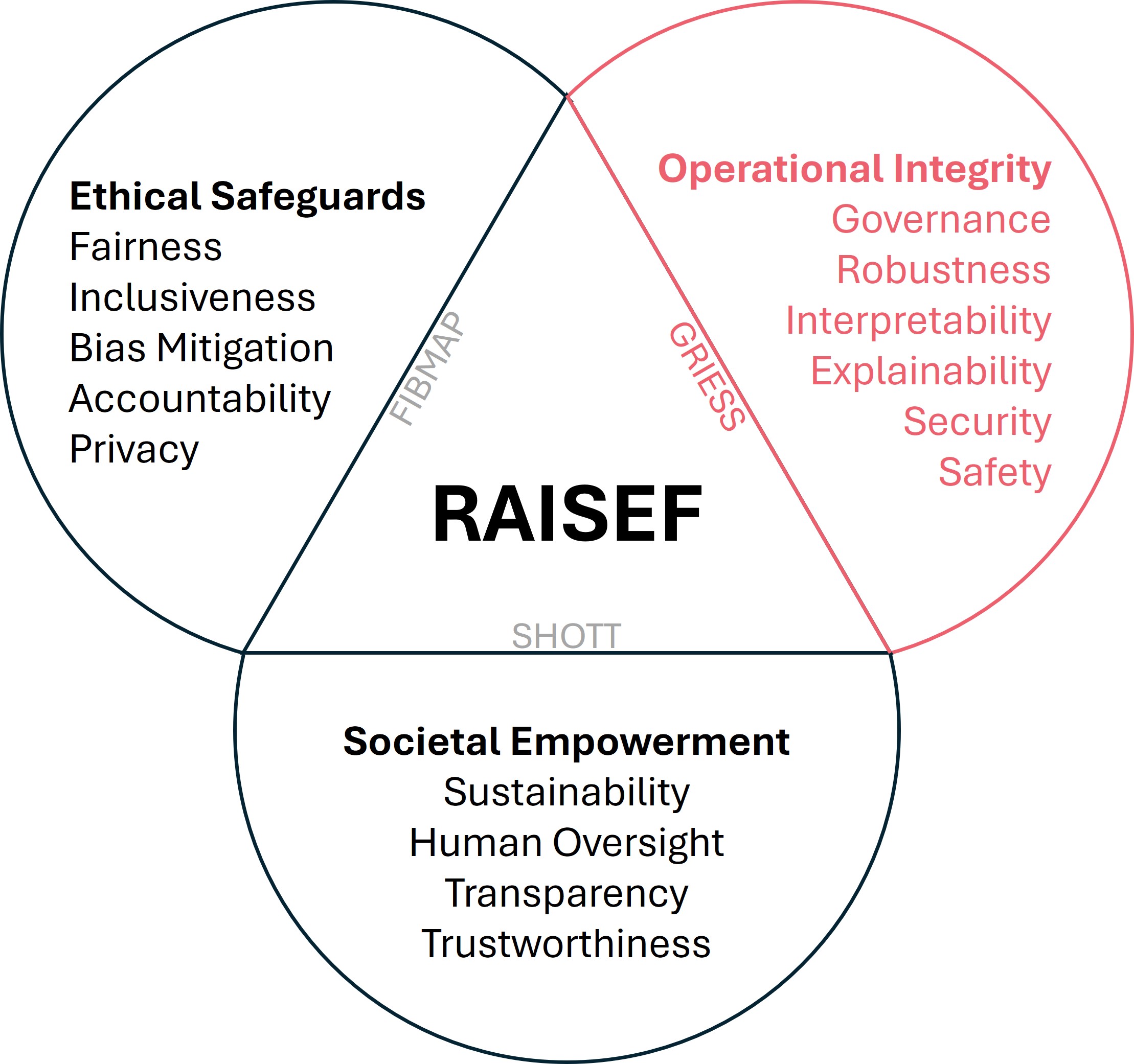Governance
Governance turns policy into day-to-day practice across the lifecycle. It assigns owners for requirements, data, models, and deployments, with clear approvals, change control, and incident handling. Governance keeps artifacts versioned and reviewable, aligns work with organizational standards, and ensures decisions are logged so that audits can confirm what was built and why. Strong governance helps teams coordinate responsibly at scale, even when contributors and vendors change over time.


